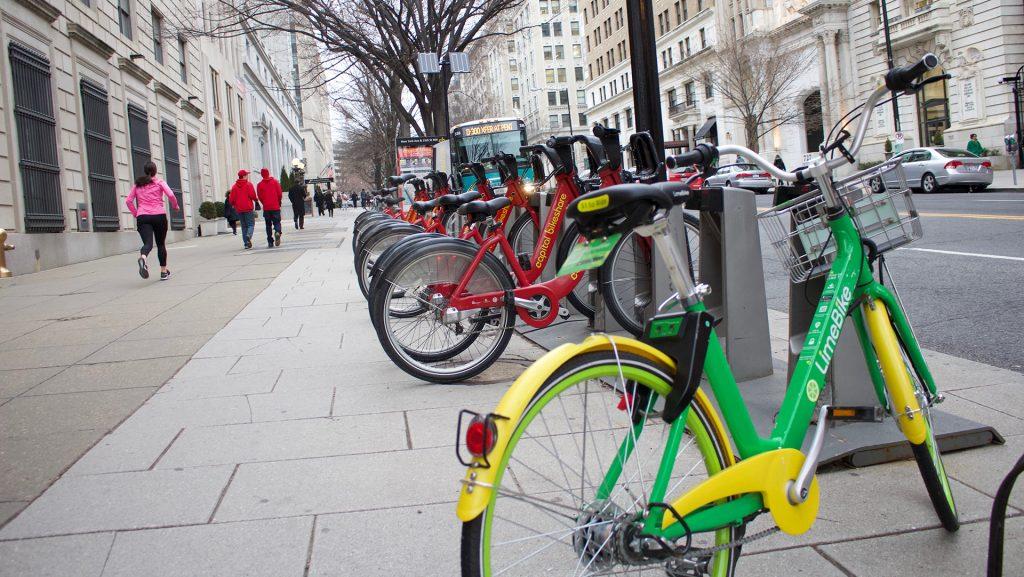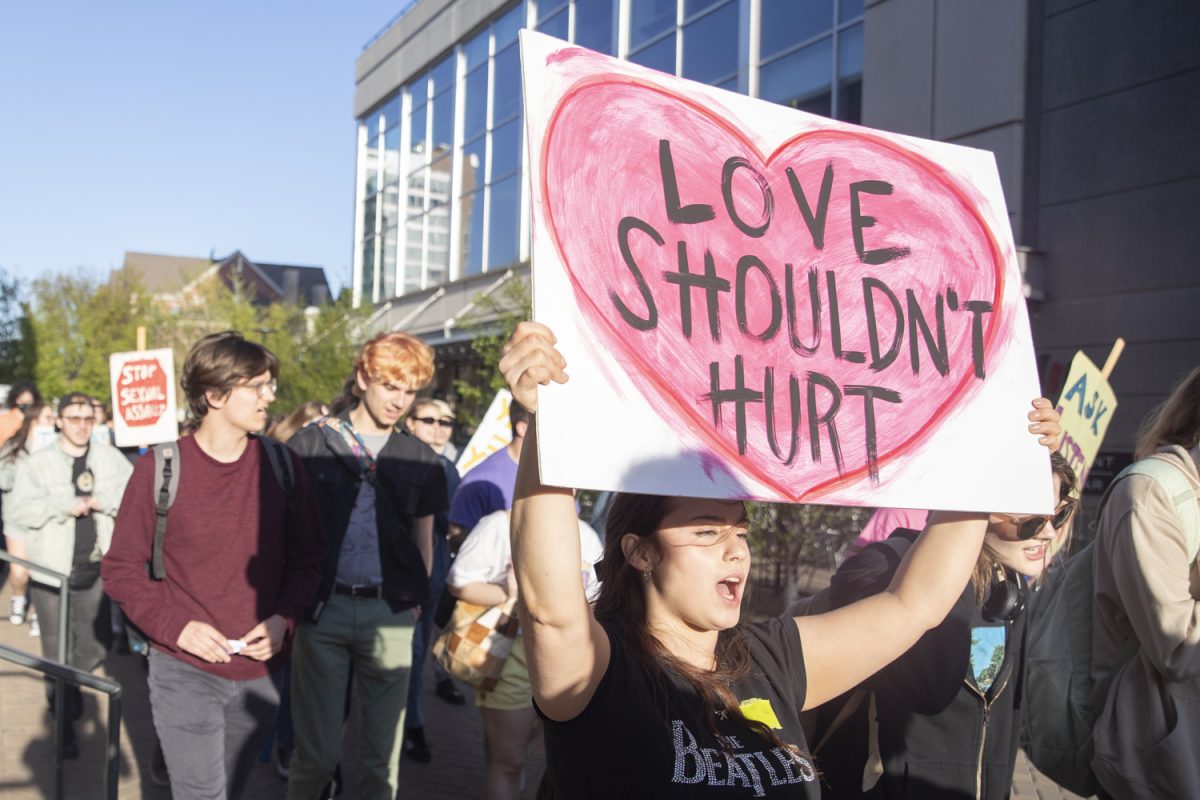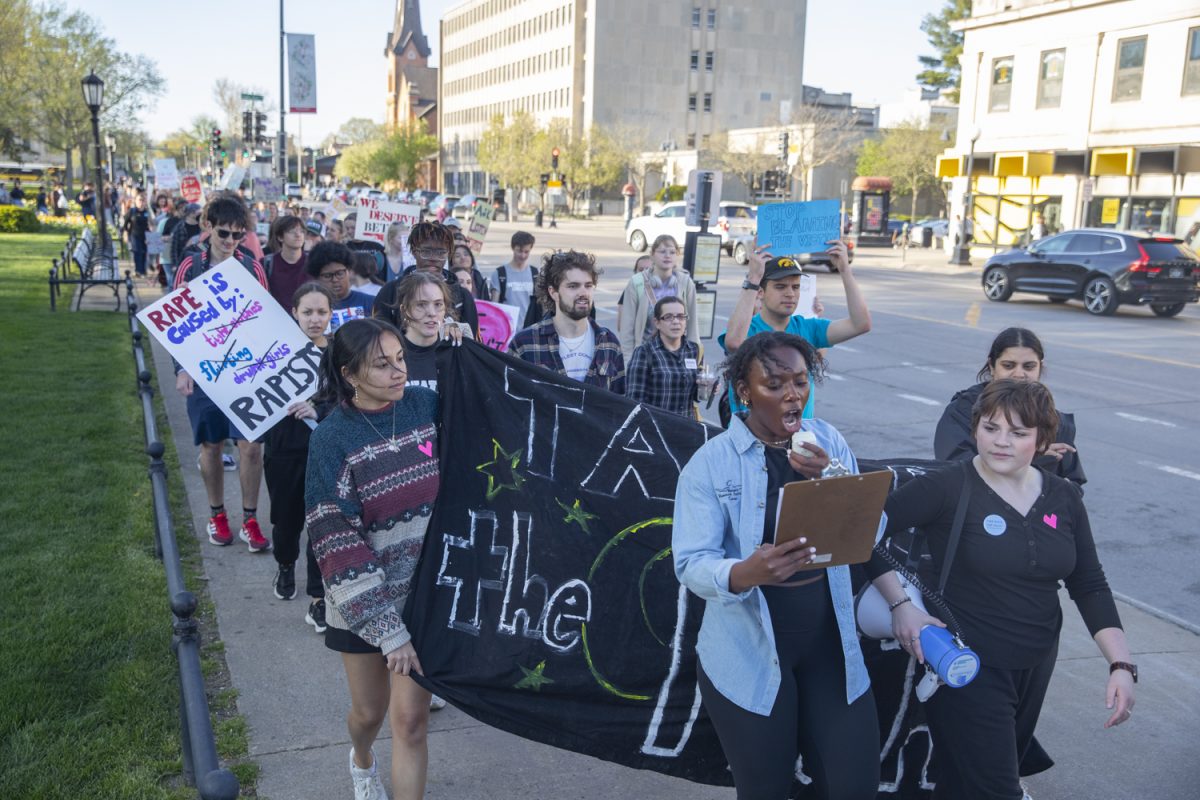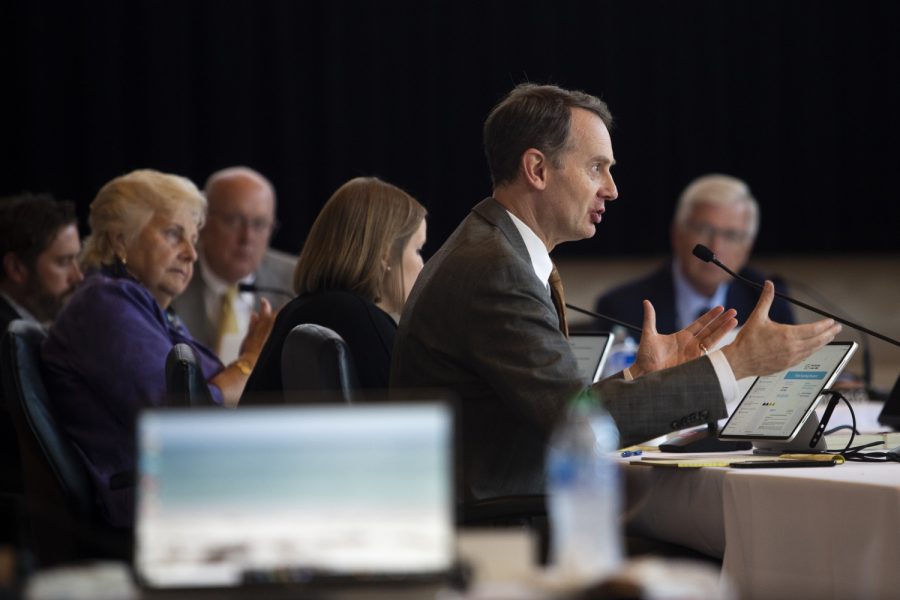“Smart bikes” could be the newest form of public transportation in Iowa City, fulfilling the need for a long-awaited bike-share system this fall.
The city issued a bid on Monday, seeking a vendor to provide a system with little to no cost to the city.
The joint effort between the city and the University of Iowa will hire a vendor to bring 100 dockless bikes to the community. The bikes will stand alone and can be digitally unlocked for use when a user pays a fee on an app or on a monitor built in to the bike.
When the user is finished, he or she can leave the bike anywhere, as long as it’s out of the way of traffic and pedestrians, to be used by another rider.
In 2015, officials created a plan to bring a bike-share program to the community after receiving $277,000 in grants to establish the system. This program never came to fruition, but three years later, a renewed bike-share plan is in the works.
At the time the city opened an initial request for proposal up to vendors, Iowa City Transportation Director Darian Nagle-Gamm said dramatically shifting bike-share technology led officials to hold off for a few years. Cities around the country were opting out of high-cost, limiting docked systems for flexible dockless systems.
The city invites interested vendors to an April 3 conference to discuss the details of the request for proposal. The selected vendor will be expected to provide the bikes and manage the logistics of the operation.
The new system differs greatly from the original 2015 plan, which proposed a system of three docks located around the city in which patrons could take and return bikes. Each dock — essentially an automated bike rack — would hold approximately 10 bikes that could be checked out for a fee.
The project went back to square one, but the city and the UI still had thousands in grant money set aside for a bike-share program from the Coca-Cola Foundation, the Iowa Department of Transportation, and various university entities.
RELATED: Bike-sharing nears reality
A dockless system does not require infrastructure inputs such as docks and kiosks, and the vendor provides and maintains the bikes. At this time, UI Office of Sustainability Director Sara Maples said, officials are still exploring how the grant money can be used.
Michelle Riddle, the UI parking & transportation commuter programs manager, said the system should have no ongoing costs once implemented, because the vendor will receive revenues and pay any expenses. The city and the university’s main costs will be marketing the new program.
With this program, Iowa City will join 130 other cities around the U.S. with bike-share systems, including Des Moines, Chicago, Minneapolis, and dozens of college towns.
One of these is College Station, Texas, home of Texas A&M University, which has both a dock and dockless system — the latter introduced earlier this month. In just the first two weeks, more than 6,000 riders registered for the dockless program and clocked nearly 27,000 individual trips.
Melissa Maraj, the communications director for Texas A&M Transportation Services, said the overwhelming success of the program would not have been possible without sufficient infrastructure surrounding cycling in the city. Over the last five years, College Station added numerous bike lanes to the city’s streets and thousands of bike racks on sidewalks.
Iowa City, however, needs improvement in its cycling infrastructure. The City Council passed a bicycle master plan in the summer of 2017, which outlines a holistic plan to improve cycling in town. The plan reports bike lanes currently exist on only a few streets in town, and many of the roads that are shared by cyclists and drivers are in poor condition. It outlines a series of goals to be achieved in the next 10 years.
Some of this year’s projects will reduce the number of lanes on Clinton and Madison Streets to add bike lanes. Nagle-Gamm said those changes should come in the summer, just before the bike-share program is expected to begin.
Besides the developing bike infrastructure, there are some challenges communities face with a dockless system. Because bikes do not have a designated area in which they must be returned, users might leave them in streets, bushes, and even rivers. In addition, bikes can end up concentrated together in one area, leaving the rest of the city devoid of the transport option.
George McCrory, communications director for the UI Sustainability Office, said vendors often hire employees dedicated to retrieving and reshuffling bikes as needed.
Nagle-Damm is optimistic that the program will get more people comfortable biking and could lead to more people later choosing to buy a bike of their own.
“I can tell you that the more people you get on bikes, the better it is all around for the bike community,” she said. “The rising tide floats all boats.”












